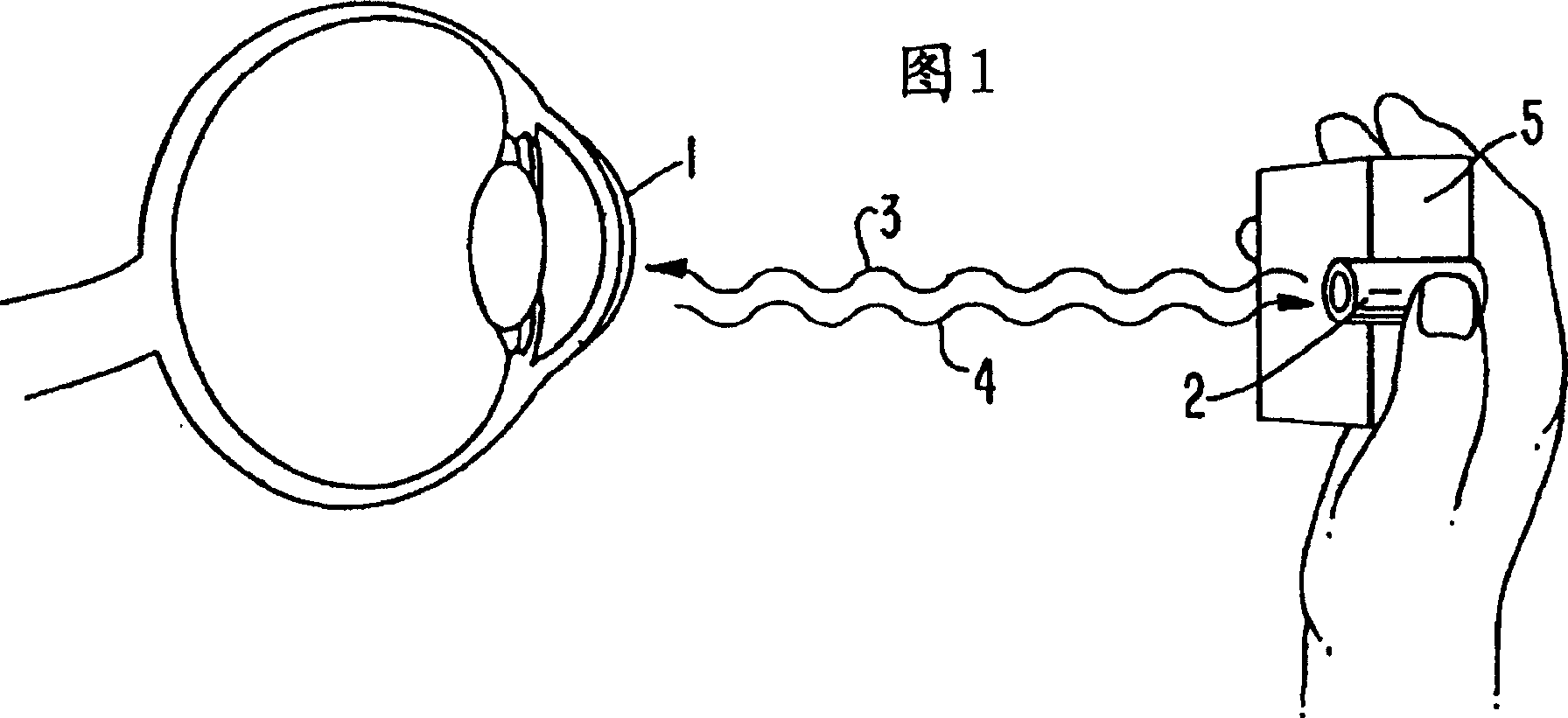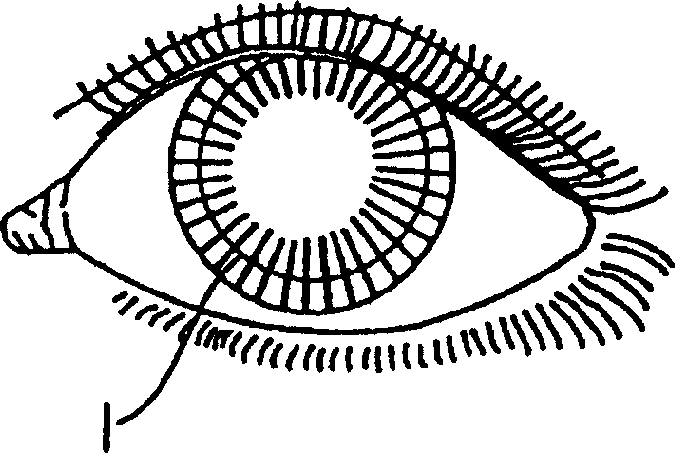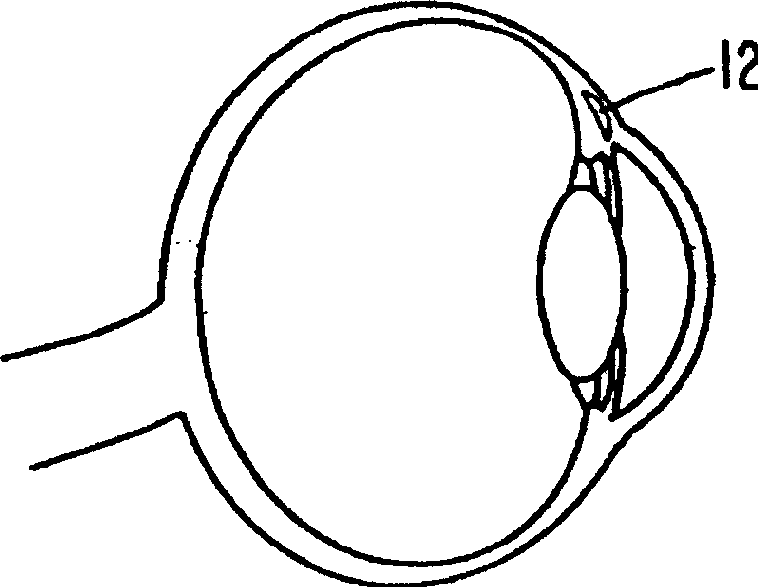Ocular analyte sensor
An analyte and sensor technology, applied in the direction of sensors, analytical materials, material excitation analysis, etc., can solve problems such as damage
- Summary
- Abstract
- Description
- Claims
- Application Information
AI Technical Summary
Problems solved by technology
Method used
Image
Examples
example 1
[0035] Construction of an intraocular glucose sensor
[0036] The structurally stabilizing polymer of polyethylene glycol hydrogel (PEGH, Shearwater Polymers, Inc.) was used to construct an intraocular glucose sensor. PEGH was immobilized in intraocular lenses (Alcon Laboratories, 6 mm circumference, 1 mm thickness). Chemically immobilized pendant tetramethylalkaline isothiocyanate concanavalin A (TRITC-ConA, Sigma) was included in PEGH as the acceptor half, and fluorescein isothiocyanate dextran (FITC-dextran, Sigma) was included as a competitor moiety by polymerization under UV light, as described by Ballerstadt & Schultz, Anal.Chim.Acta 345, 203-12, 1997, and Russell & Pishko Anal.Chem.71 , 3126-32, 1999 as described. Although FITC-dextran was bound to TRITC-ConA, FITC fluorescence was suppressed via fluorescence resonance energy transfer. Increasing glucose concentration releases FITC-dextran and results in fluorescence proportional to glucose concentration.
[0037] F...
example 2
[0039] Implantation of Intraocular Glucose Sensors in Life
[0040] The intraocular lens glucose sensor described in Example 1 was implanted into the inner chamber of the eye of live New Zealand rabbits with a blood glucose concentration of 112 mg%. The implant is visible as a bright spot of green fluorescence (518nm) within the eye. Careful observation with the aid of a biomicroscope slit lamp indicated no toxicity, rejection, or any reaction at 6 months post-implantation.
PUM
 Login to View More
Login to View More Abstract
Description
Claims
Application Information
 Login to View More
Login to View More - R&D
- Intellectual Property
- Life Sciences
- Materials
- Tech Scout
- Unparalleled Data Quality
- Higher Quality Content
- 60% Fewer Hallucinations
Browse by: Latest US Patents, China's latest patents, Technical Efficacy Thesaurus, Application Domain, Technology Topic, Popular Technical Reports.
© 2025 PatSnap. All rights reserved.Legal|Privacy policy|Modern Slavery Act Transparency Statement|Sitemap|About US| Contact US: help@patsnap.com



